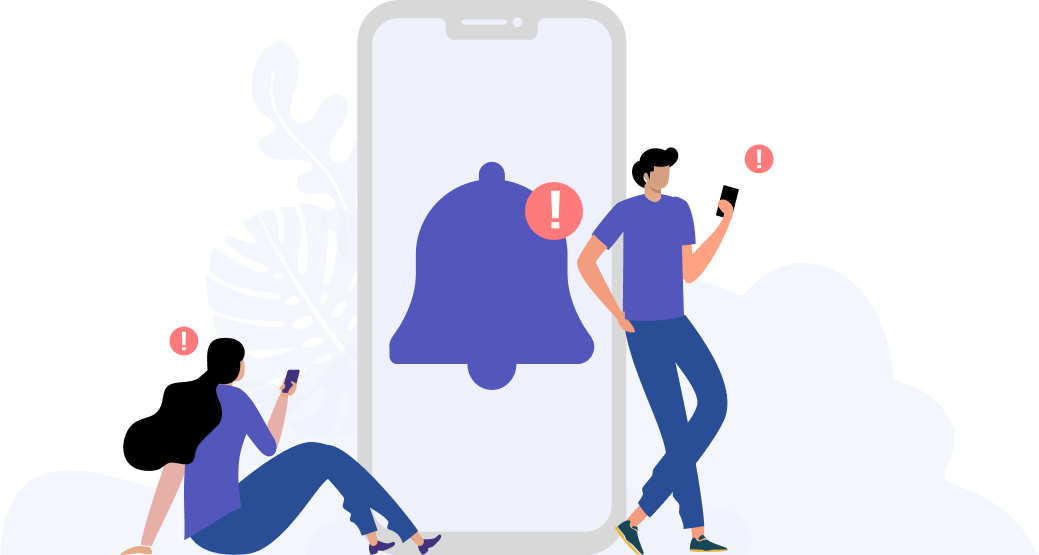How to create a screen time routine for your kids!
Screen time and myopia in children: Challenges faced and how to overcome them

When one heads to a restaurant or takes public transport, it is not uncommon to see toddlers and young children playing games or watching YouTube videos on their phones and tablets. As our world becomes more and more integrated with technology, our children are getting exposed to digital screens at even younger ages.
While some of us think that these devices may provide a useful solution for parents to get a break from their children’s temper tantrums or as a reward for good behaviour, too much screen time may negatively affect your children’s eye health. A recent study done in 2019 found that children who were exposed to more than three hours of screen time per day had an increased risk of developing myopia (short-sightedness). In fact, the chances of a child getting myopia even doubled if one were to spend more than six hours on digital screens per day!
Challenges faced in managing myopia and screen time in children
Of course, we know that it is easier said than done to manage your child’s screen time. For one, the COVID-19 pandemic has led to the advent of home-based learning, which often requires children to be stuck on video calls or watching videos online in place of in-class physical learning. This means that apart from their social time online, children will already be spending most of their day staring at device screens.
For young children, using devices at a young age means that they will quickly become accustomed to this particular source of entertainment. You may find it hard to deal with meltdowns or uncooperative fits if you take away their devices.
For teenagers, it is also harder to regulate their screen time without intruding into their privacy and making them feel guarded. Many teenagers utilise social media to keep up with their friends and would be displeased if their parents are constantly controlling their private time online.
All in all, as children and teenagers continue to glue their eyes to digital screens, the chances of them developing myopia or their myopia worsening increases as more often than not, they may be unaware of the healthy device use behaviours to follow. For example, children may hold their device screens too close to their eyes or not take regular and timely eye breaks while engaging with their devices.
So what can you do to overcome these challenges?
At the very least, children should be educated on proper eye care and how it can be incorporated into their use of digital devices. Here are some guidelines that you can brief your children with:
Sitting up straight while using devices – so no slouching!
Keeping a healthy distance from device screens to the eyes: Phones and tablets should be held at least 30 cm away from children’s eyes.
Taking regular and timely eye breaks while using devices – at least once every 30 minutes.
Putting in place a routine in terms of screen time may also provide a possible way to manage children’s use of digital devices. Studies have shown that having routines can provide comfort to children by offering some sort of structure in their daily lives. They are also better able to incorporate the healthy eye care guidelines that were mentioned above once they become comfortable with the routine.
When creating rules for screen time, do consider hearing your child’s perspective. Your child is more likely to agree to a set routine if he/she had a say in the creation of it! Understand why your child utilises certain devices or applications and negotiate around that. Compromises can also be made in the form of having proper breaks and spending those breaks on fun outdoor activities after usage of devices. Your child is more likely to build momentum in the routine if they can see that they are rewarded for their efforts!
A routine does not have to be restrictive or undesirable for your child. Try to find the best of both worlds while ensuring that their eyes are taken care of at the same time!
Tools Designed for Healthier Eyes
Explore our specifically designed products and services backed by eye health professionals to help keep your children safe online and their eyes healthy.





